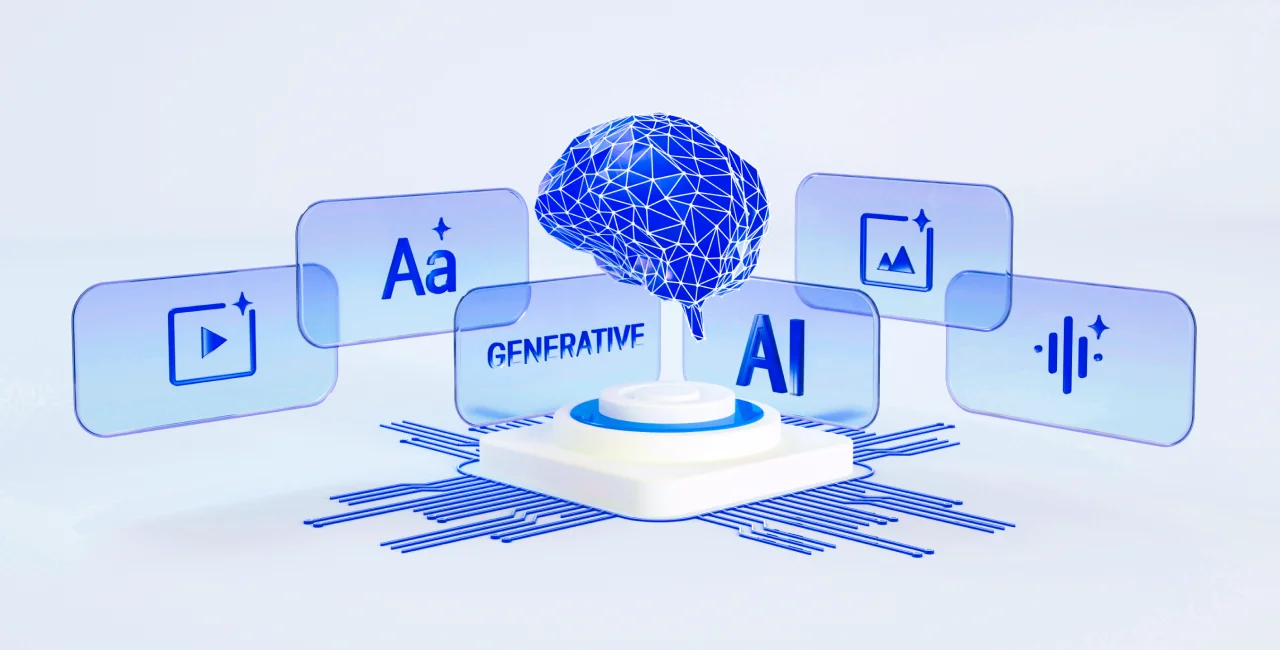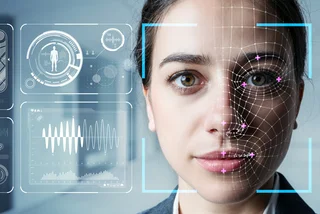Europe is stepping into the competitive AI arena, with Prague-based Charles University spearheading the OpenEuroLLM project—an ambitious initiative aiming to create a European counterpart to the dominant language models from OpenAI and DeepSeek.
The pioneering EUR 34 million (CZK 854 million) project, backed by the European Commission, brings together top European talent to develop a multilingual large-scale language model tailored to meet Europe's unique needs.
The project involves research institutions and universities from France, the Netherlands, Germany, Sweden, Finland and Norway, and companies from Finland, Germany, France and Spain. EuroHPC centers from Spain, Italy, Finland and the Netherlands are also participating.
Smaller budget, more accessible technology
Luka Budík, co-owner and lead developer of the AI Institute project, offered a measured perspective on Europe's entry into the race. "It’s exciting to see Europe developing its own large language model, even though global leaders like OpenAI and Google are already far ahead in the field," Budík writes for Czech Wired.
We should be realistic in our expectations—rather than directly competing with cutting-edge models like OpenAI’s o3 or DeepSeek’s R1, it will be about creating a more specialized European solution."
Despite the smaller budget compared to Silicon Valley giants, Budík emphasizes that technology has become more accessible. "The days when developing language models had to cost billions of dollars are over," he said. "Even with a smaller budget, interesting results can be achieved."
A focus on European multilingualism
While competing globally is a challenge, OpenEuroLLM stands out with its focus on Europe's unique linguistic and ethical needs. One of the key advantages of OpenEuroLLM is its deep focus on multilingualism, aiming to address the glaring gaps in language diversity that plague global AI models, which often underperform in European languages.
"Current models often have only a minimal representation of European languages in their training data, estimated at around three percent," Budík said. "This is reflected in their capabilities—they can handle basic communication in Czech or French, but as soon as it comes to idioms, cultural references, or linguistic nuances, they are lost. A model trained primarily on European data could finally fill this gap."
Another defining feature of the OpenEuroLLM project is its open-source model, a major step toward the democratization of AI. "Open source is not just about transparency; it’s a way to ensure that the research results actually serve the European technology ecosystem," he said. "European companies will be able to tailor the technology to local needs without reliance on global tech giants."
European AI meets regulation: Aligning with the AI Act
As the OpenEuroLLM project unfolds, it is guided by the European Union's newly introduced AI Act, which came into force last week. The new rules for artificial intelligence prohibit the use of AI programs that assess social behavior, meaning people could be categorized based on their actions and subsequently rewarded or punished.
Facial recognition in public spaces, such as through CCTV, is also restricted. However, there are exceptions: police and other security authorities may be permitted to use facial recognition to investigate certain crimes, such as human trafficking and terrorism.
Charles University officials said that the OpenEuroLLM project will meet these high standards of transparency, safety, and accountability.
"Transparent, open-source models, compliant with European regulation, democratize access to high-quality technologies in the field of artificial intelligence and will strengthen the ability of European companies to compete in the global market and enable public organizations to provide effective public services," project coordinator Jan Hajič from the Faculty of Mathematics and Physics, Charles University, told Czech Television.
How will the ban affect AI use in Czechia?
In Czechia, the new AI regulations could impact systems like the one at Václav Havel Airport, which uses AI for remote biometric identification. Interior Ministry spokesman Ondřej Krátoška said the AI Act introduces new restrictions on the procedures of security forces in preventing and combating crime.
"It will place greater demands and requirements on these forces. However, its proper and appropriate implementation should not necessarily lead to a significant reduction in the ability of security forces to ensure internal security," he added.
EU's AI act explained
As part of the EU’s effort to regulate AI development, certain practices are now officially banned. As of Feb. 2, 2025, AI systems used for the following purposes are prohibited in the EU:
- Biometric categorization: Using AI to determine someone's race, religion, or political views based on their physical features or clothing.
- Subliminal manipulation techniques: AI cannot be used to manipulate behavior without the person’s knowledge.
- Emotion recognition: Using voice recognition to analyze emotions such as frustration or satisfaction.
- Social scoring: For example, offering someone a job based on their ethnicity or place of birth.
- Facial databases: Scraping images from the internet to build a database of faces is banned.
- Real-time biometric identification: Law enforcement cannot use AI tools like facial recognition in public spaces, unless tracking a missing person or criminal.
- Predictive policing: AI cannot predict the likelihood of an individual committing a crime, a practice previously trialed globally, including in China and some US states.
- Exploiting people’s vulnerabilities: AI cannot be used to exploit vulnerable groups, such as children, people with disabilities, or those facing language barriers.












 Reading time: 4 minutes
Reading time: 4 minutes 

























